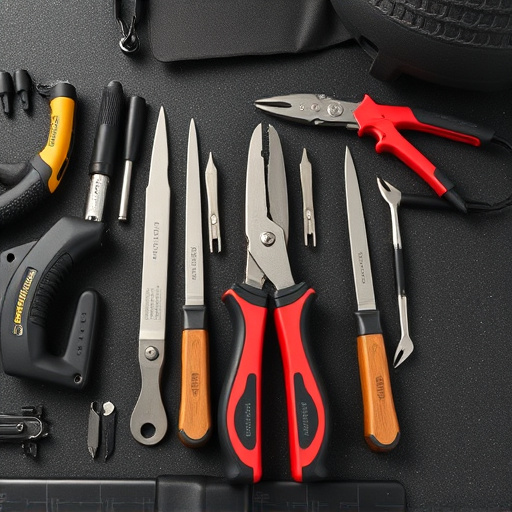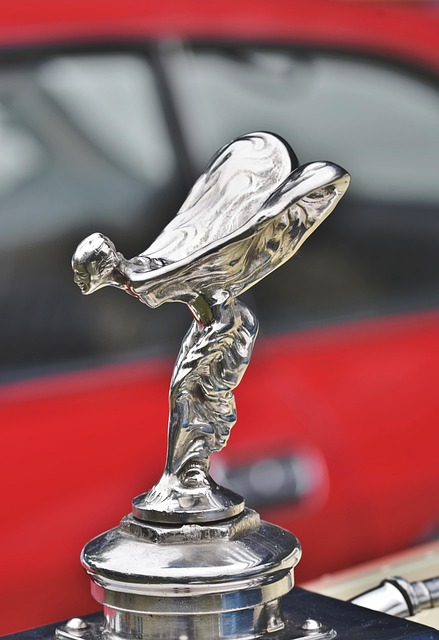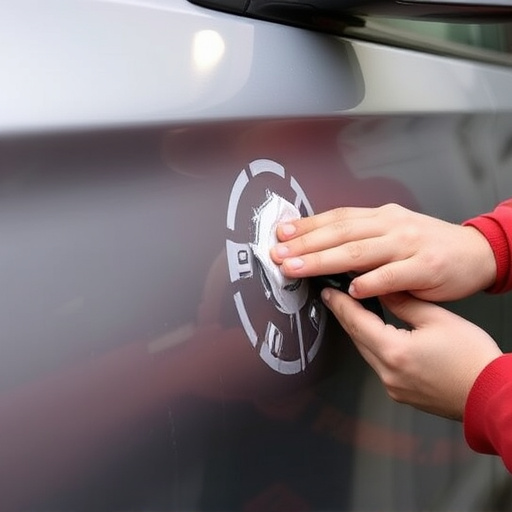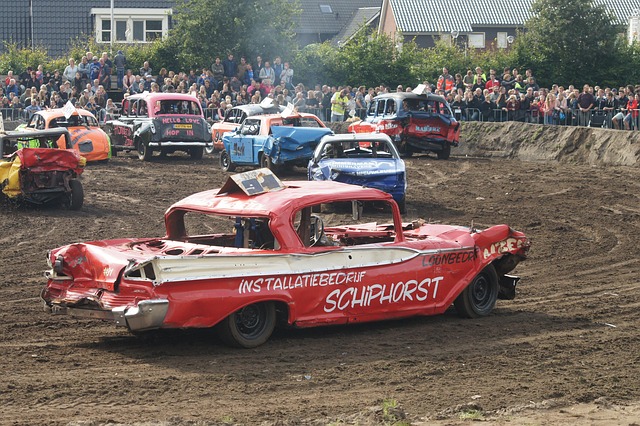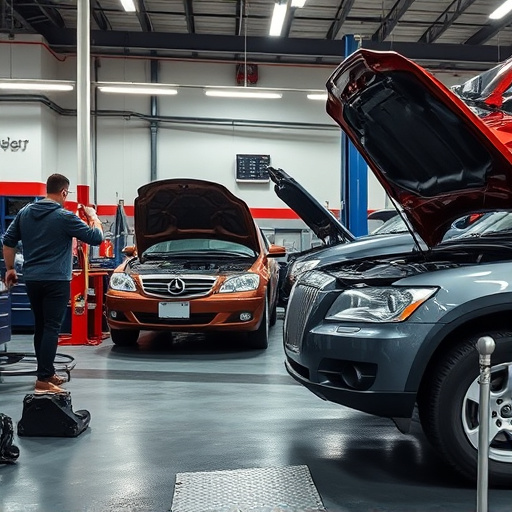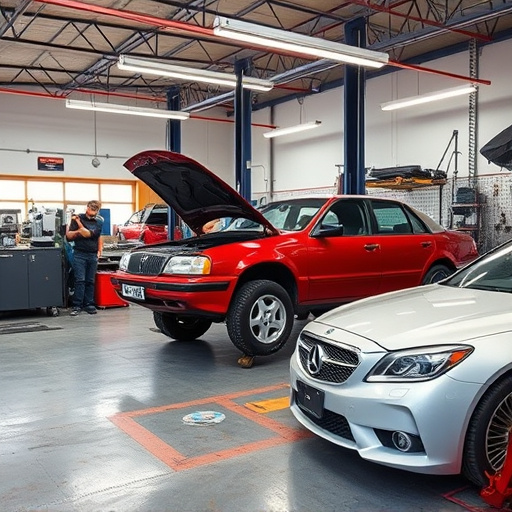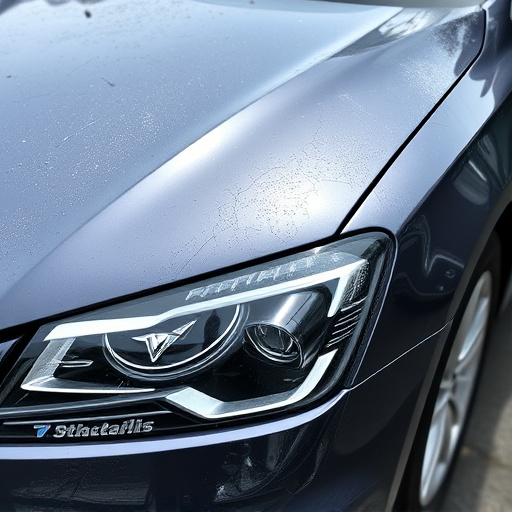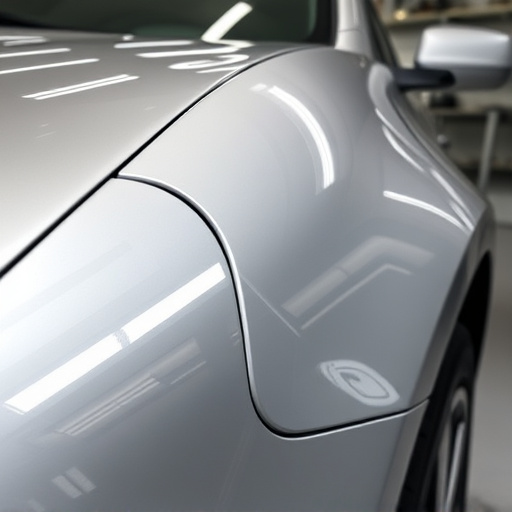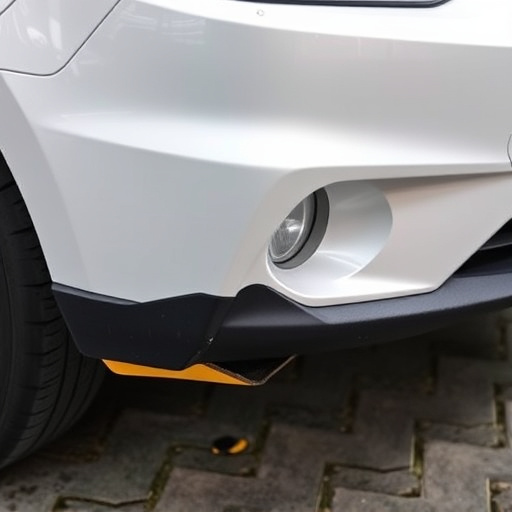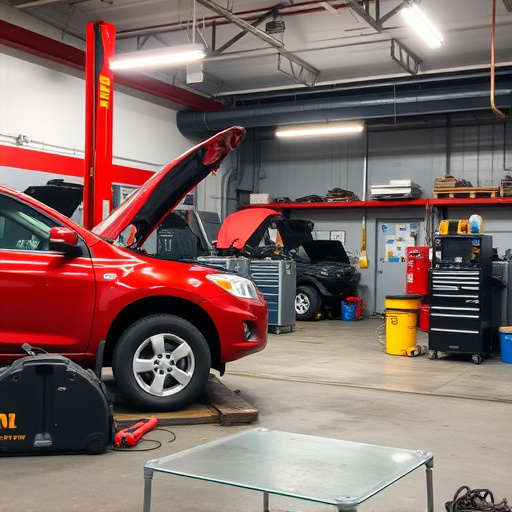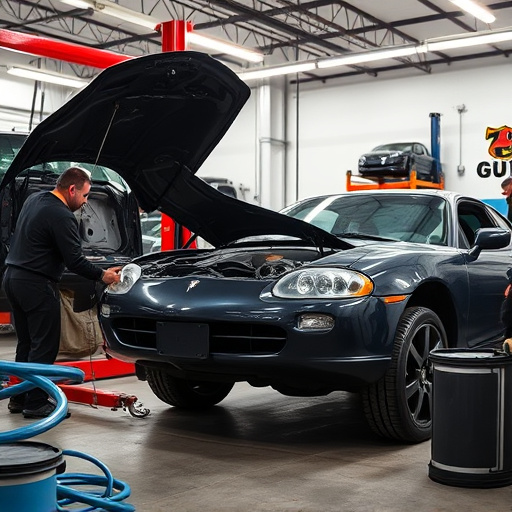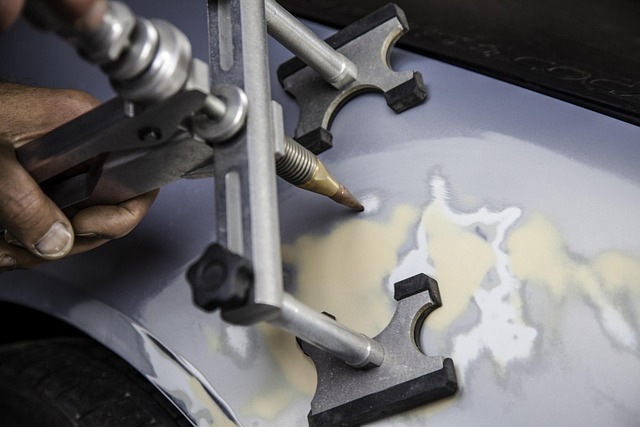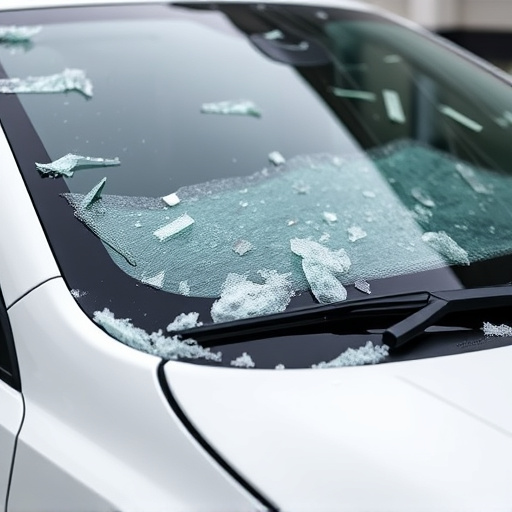Tesla's carbon fiber bodywork offers superior strength and design flexibility but requires specialized repair for damage from impacts. Initial inspection identifies dents, cracks, or delaminations, guiding repair severity from touch-ups to bumper replacement. Meticulous repair process includes cleaning, priming, sanding, and matching paint to restore Tesla's lightweight composite material.
“Discover the art of restoring your Tesla’s iconic carbon fiber bodywork after minor parking or curb impacts. This comprehensive guide breaks down the process, offering a detailed look at assessing damage and performing repairs step-by-step. Understanding Tesla’s advanced carbon fiber design is key to ensuring precision and longevity in fixes. Learn how to effectively navigate common issues, from hairline cracks to dent removal, leaving your vehicle as good as new. Embrace the power of knowledge with our expert guide for successful Tesla carbon fiber repair.”
- Understanding Tesla's Carbon Fiber Bodywork
- Assessing Parking or Curb Impact Damage
- Step-by-Step Repair Process for Carbon Fiber
Understanding Tesla's Carbon Fiber Bodywork
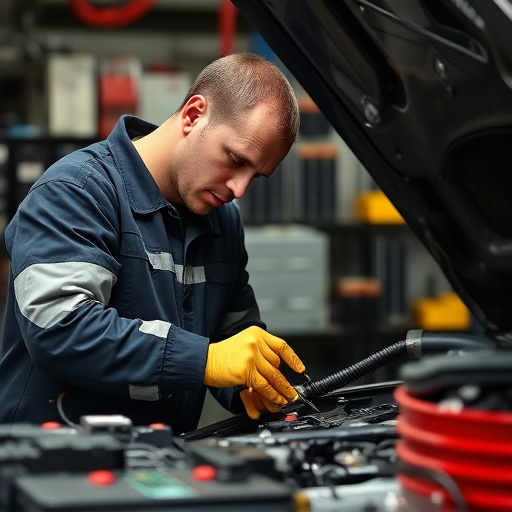
Tesla’s iconic carbon fiber bodywork is a revolutionary material that sets it apart from traditional vehicles. This advanced composite is not only lightweight but also incredibly strong and durable, making it an ideal choice for automotive design. Each panel of the Tesla body is meticulously crafted from carbon fibers woven together with resins, creating a rigid yet flexible structure. This unique construction allows Tesla to achieve sleek, aerodynamic designs while ensuring exceptional structural integrity.
Understanding the intricate nature of this material is crucial when considering Tesla carbon fiber repair. Unlike conventional metal bodywork, carbon fiber repairs require specialized techniques and knowledge. When damage occurs due to parking or curb impacts, it’s essential to visit a collision repair center with expertise in composite repair. Skilled technicians can expertly assess and patch the affected areas, ensuring minimal visible imperfections and maintaining the vehicle’s structural stability. Efficient tire services are also an integral part of the process, as proper alignment is vital after any impact that might have compromised wheel and suspension components.
Assessing Parking or Curb Impact Damage
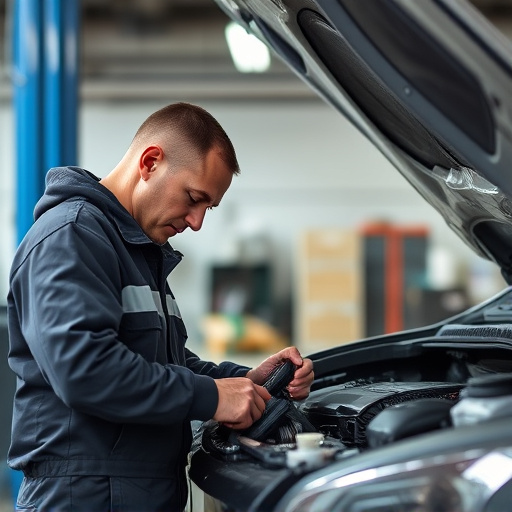
When it comes to assessing Tesla carbon fiber repair after a parking or curb impact, the first step is to carefully inspect the damage. Look for any visible dents, cracks, or delaminations in the car’s exterior panels, especially around the doors, fenders, and bumpers. Tesla’s advanced carbon fiber composite materials are known for their durability, but impacts can still cause significant damage that requires professional attention.
During this evaluation, consider the severity of the impact. Minor dents and scratches might be acceptable for a quick touch-up, while more severe collisions could necessitate comprehensive car body repair, including bumper repair or even replacement. Remember, prompt action is crucial in preserving the vehicle’s aesthetics and structural integrity. Whether it’s a simple parking mishap or a curb collision, don’t delay in seeking expert advice for effective Tesla carbon fiber repair solutions.
Step-by-Step Repair Process for Carbon Fiber
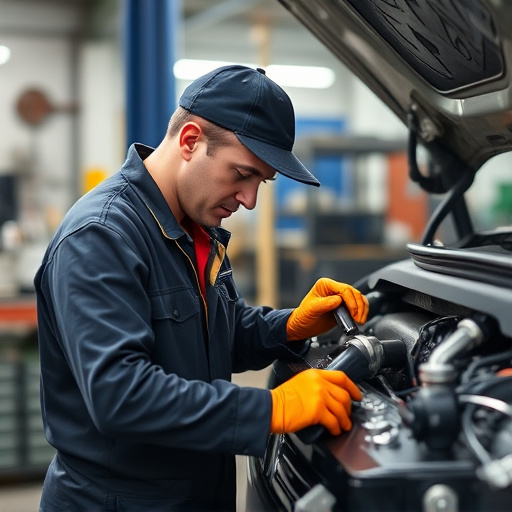
The process of Tesla carbon fiber repair involves several meticulous steps to ensure the vehicle’s distinctive and lightweight material is restored to its original condition. First, assess the extent of the damage—whether it’s a small dent or a larger impact. For minor dents, use specialized tools to gently press out the deformity while maintaining the carbon fiber’s integrity. This non-invasive method is both efficient and effective for curb impacts or light parking damages.
Once the dent is removed, prepare the surface with a thorough cleaning to remove any debris or dirt. Then, apply an appropriate primer designed for carbon fiber to create a solid foundation for subsequent repairs. Let the primer dry completely. Next, use high-quality carbon fiber repair compounds and fiberglass mats to build up any depressed areas, ensuring a seamless blend with the existing material. After sanding and priming once more, you’re ready for the final coat of paint, tailored to match Tesla’s precise color specifications, to give your vehicle a like-new appearance, restoring its distinctive aesthetic appeal in an automotive restoration process that combines precision and artistry.
Tesla’s iconic carbon fiber bodywork offers superior strength and durability, but it isn’t invulnerable. Parking or curb impacts can cause noticeable damage. Fortunately, with the right tools and knowledge, repairs are feasible using a step-by-step process tailored to this unique material. By understanding the assessment, following the repair guide, and prioritizing expert care, Tesla owners can restore their vehicles’ aesthetic appeal and structural integrity, ensuring their carbon fiber bodywork remains a source of pride for years to come. This approach to Tesla carbon fiber repair ensures both effectiveness and the preservation of the vehicle’s distinctive design.
